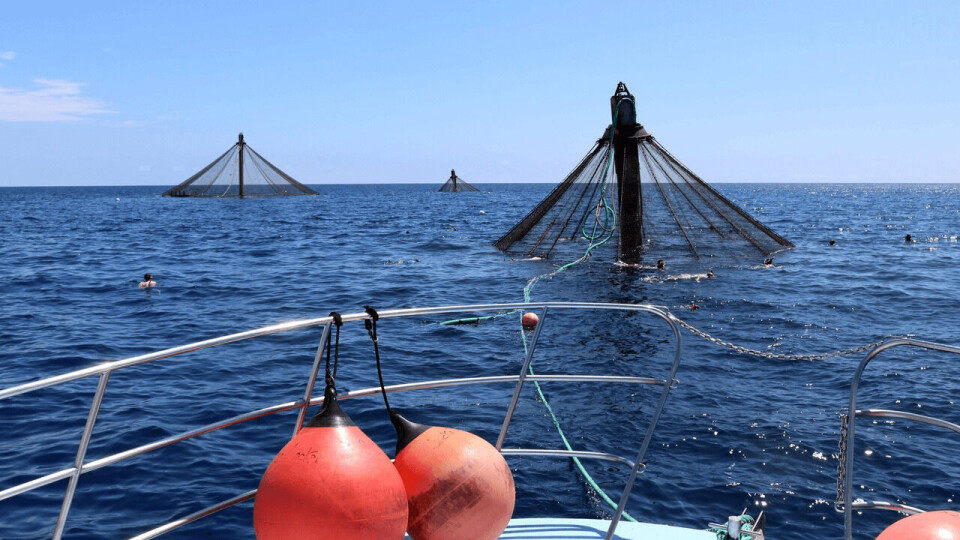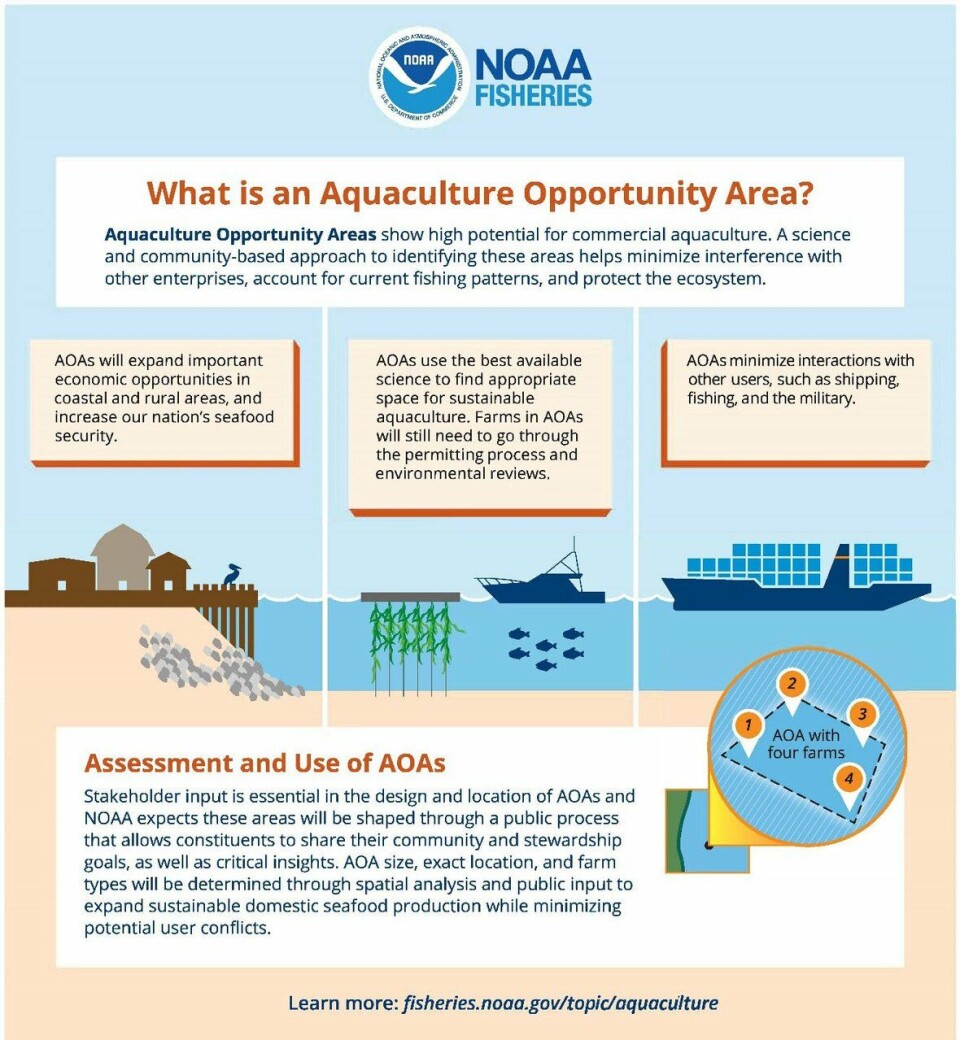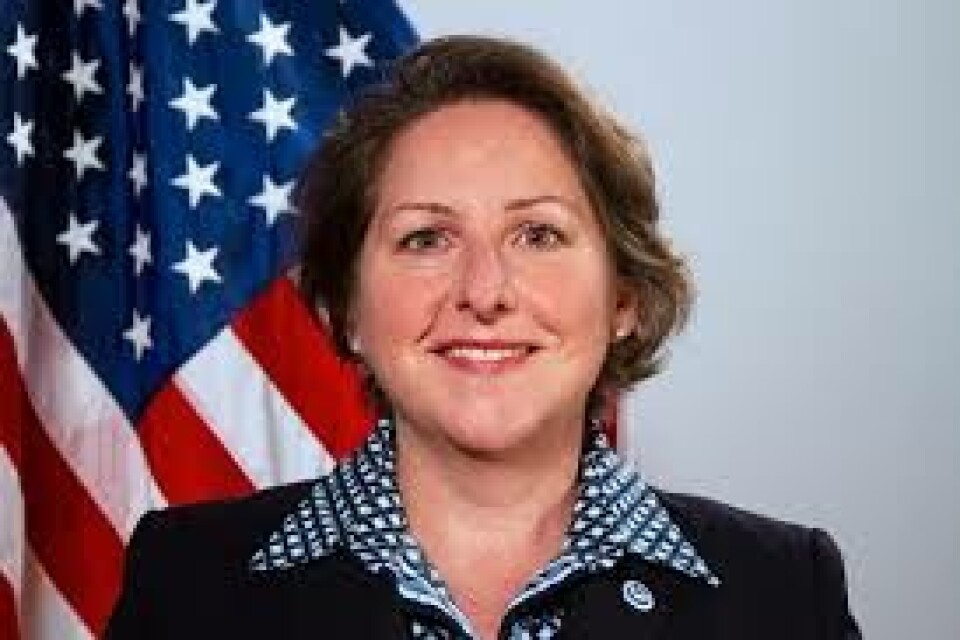
US names first Aquaculture Opportunity Area regions
Federal waters off Southern California and in the Gulf of Mexico have been chosen as regions for the first of 10 Aquaculture Opportunity Areas (AOA) ordered by US president Donald Trump.
The fisheries division of the National Oceanic and Atmospheric Administration (NOAA) said its decision was based on already available spatial analysis data and current industry interest in developing sustainable aquaculture operations in the region.
Trump issued an Executive Order in May that was aimed at kickstarting offshore aquaculture in the United States and removing much of the red tape strangling the industry’s development.

‘A big step forward’
The order named NOAA as the lead agency for aquaculture projects located outside state waters and required that at least two geographic areas suitable as AOAs should be identified within 12 months.
Two additional AOAs must be identified in each of the following four years, making 10 in total.
“Naming these areas is a big step forward,” said Chris Oliver, assistant administrator for NOAA Fisheries. “The creation of Aquaculture Opportunity Areas will foster the US aquaculture industry as a needed complement to our wild capture fisheries. This type of proactive work creates opportunities for aquaculture farmers and maintains our commitment to environmental stewardship.”

Analysis and engagement
Selected areas are expected to support multiple aquaculture farm sites of varying types including finfish, shellfish, seaweed, or some combination of these farm types.
To identify each area, NOAA will use scientific analysis and public engagement to highlight spaces that are environmentally, socially, and economically appropriate for commercial aquaculture.
"While NOAA has selected the regions for these first Aquaculture Opportunity Areas, the exact locations will be identified based on best-available science, including data-driven siting analyses using hundreds of data layers of ocean conditions and uses,” said Nicole LeBoeuf, acting assistant administrator for the National Ocean Service.
“Stakeholder input is also essential to ensure the Aquaculture Opportunity Areas are sited in the best locations for aquaculture and to avoid conflicts with other industries or environmental harm.”
‘Public input is vital’
The size and shape of operations in each area will be determined as part of the AOA identification process, during which NOAA will work with federal and state partners, tribes, and interested stakeholders to determine the appropriate size of each area. This will include using best available science to consider aspects such as:
- Types of species likely to be cultivated
- Maximum number and configuration of operations within an area
- Maximum annual farm production based on carrying capacity modelling
- Monitoring considerations
“Along with the advanced spatial analysis, public input is vital to this process” said NOAA Office of Aquaculture director Danielle Blacklock.
“In the coming months and years we plan to conduct outreach, requests for information, and listening sessions to allow our stakeholders to share their insights into the creation of these opportunity areas.”























































